Here’s how you can grow your own fruit and veg in your garden this year
Growing your own fruit and veg can save you money, make you healthier AND can help to beat low moods. Follow our easy guide to get started!
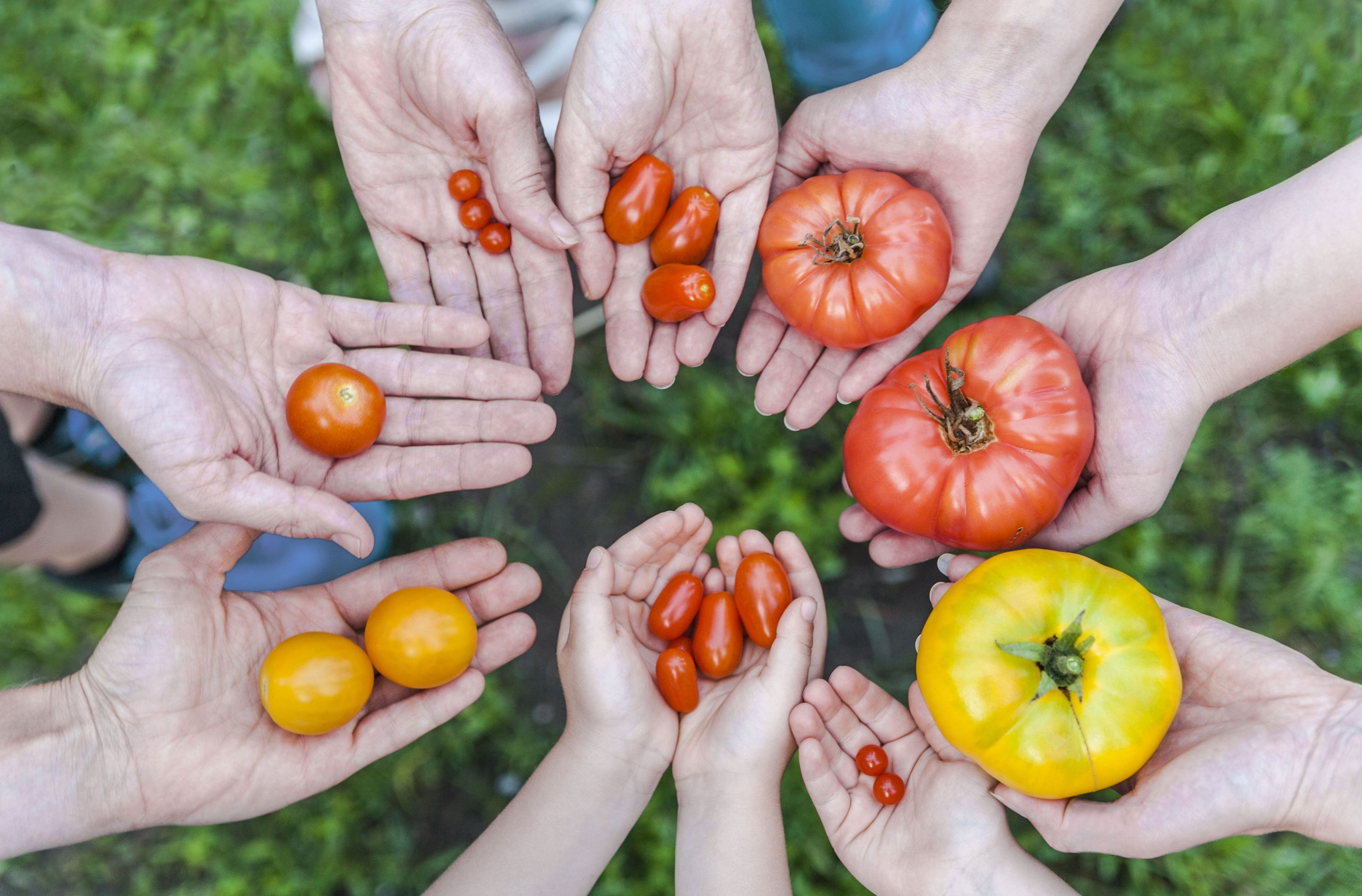
This spring and summer, make the most of your garden by growing your own fruit and veg. It's a great way to save some money, get a bit more active and it helps you towards your 5-a-day too!
There's no better way to herald the beginning of Spring than by trying to grow your own fruit and veg in your garden. Not only will it save you a ton of money, but it's also a super fun activity for the whole family to get stuck into!
Did you know?
Gardening can make you happier! Under a new government scheme, people suffering from depression, low moods and anxiety can ask their GP to refer them to some gardening lessons, which are said to boost morale.
If you always fancied being a bit more adventurous with your gardening but aren't sure where to start, you've come to the right place. Here we've teamed up with Amateur Gardening magazine and chosen tasty fruit and veg that are easy for beginners to grow - just click on the links below to find out when and how to plant each one.
Visit a garden centre for inspiration:
If you need more inspiration as to what you can grow and how you can present your little patch, then why not visit a local garden centre and check out the set-up there to get more garden ideas!
Grow your own:
- Strawberries
- Courgettes
- Potatoes
- Raspberries
- Carrots
- Peppers
- French beans
- Tomatoes
Stories supplied by Amateur Gardening magazine.
Parenting advice, hot topics, best buys and family finance tips delivered straight to your inbox.
Grow your own: Strawberries
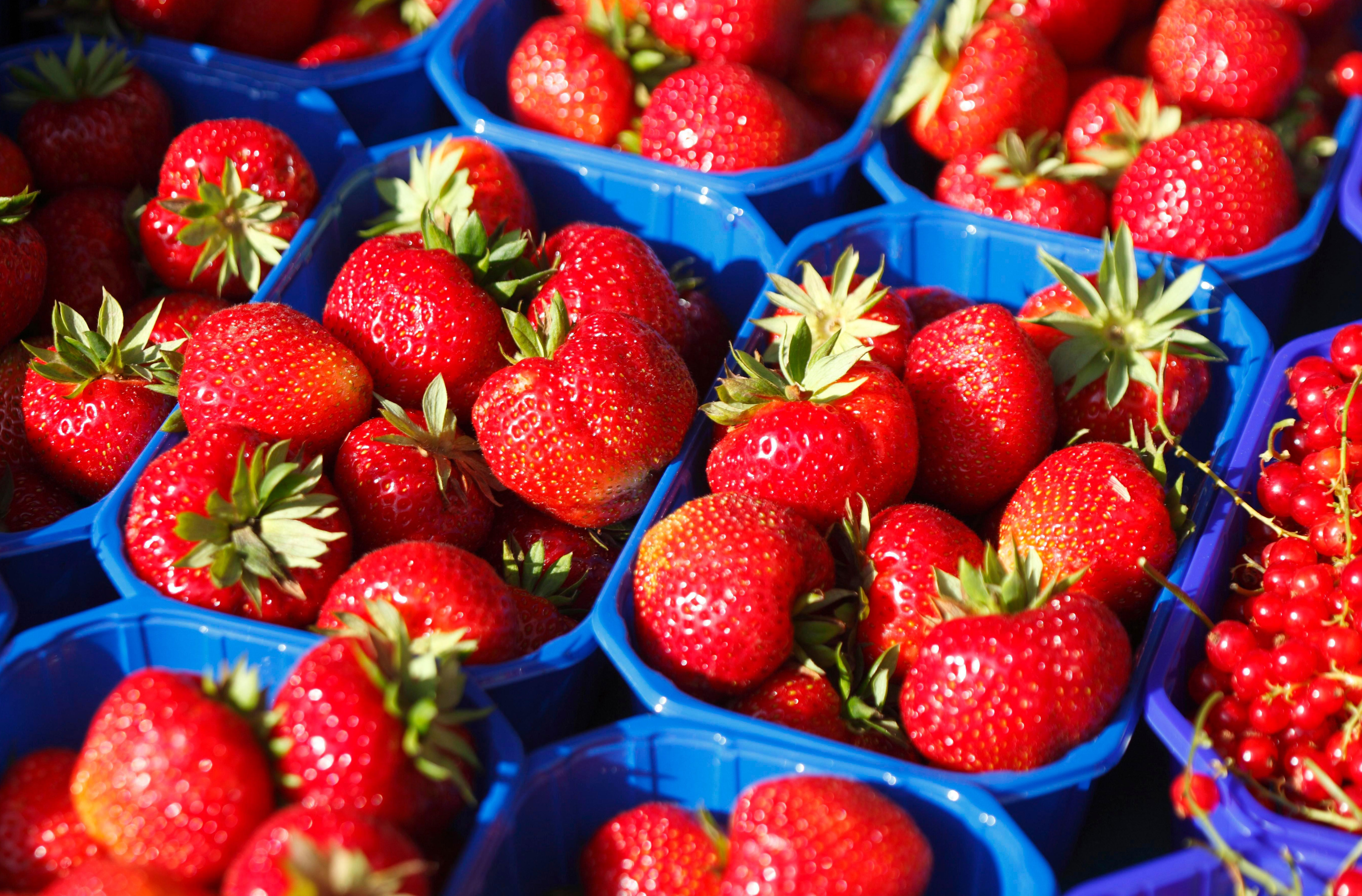
Strawberries are great for beginner gardeners to grow, as they're fairly easy to plant and will thrive in just about any soil. And best of all, the whole family will love them!
Did you know?
Every year about 27,000 kilos of strawberries are eaten during Wimbledon. But you don't need to be watching the tennis to enjoy them - get the cream out whenever your strawberries are ready!
What you'll need
- Compost or well rotted manure
- Strawberry plants, either in pots or bare root ones (which means they're sold with the roots exposed)
- TrowelStraw or bark
- Fertiliser (such as Grow More or Fish, Blood and Bonemeal)
When to start planting?
Autumn.
When are they ready?
Depending on which type you plant, they'll be ready from June to September
Where to plant?
Somewhere sunny but sheltered from the wind
Step-by-step grow your own guide
1. Prepare your soil by forking in some compost or well-rotted manure. Make sure your soil is free-draining. If it becomes water logged, your plants will rot. 2. Plant your plants in the soil around 30cm (12in) apart. Bare-root strawberry plants should be planted in the autumn. 3. In spring, rake a general fertiliser between your plants. Cover the ground under the strawberries with straw or bark to keep the fruit clean. 4. Pick the fruits when they're fully ripe. 5. After you've picked all the fruit, compost the straw or bark and chop all foliage down to the ground. 6. After 3 years your strawberry plants will stop growing as well because of the build up of disease. Plant new plants from runners.
Cost
You can buy 10 strawberry plants for around £8.
Top tip for growing
Strawberries are popular with lots of animals, so protect your plants with slug pellets and use taut chicken wire or netting.
Goodtoknow's easy gardening rating:
3/5 - make sure you protect them properly and they'll turn out great!
Strawberry recipes:
– 10 ways with strawberries – Special strawberry sundae – More strawberry recipes
Grow your own: Courgettes
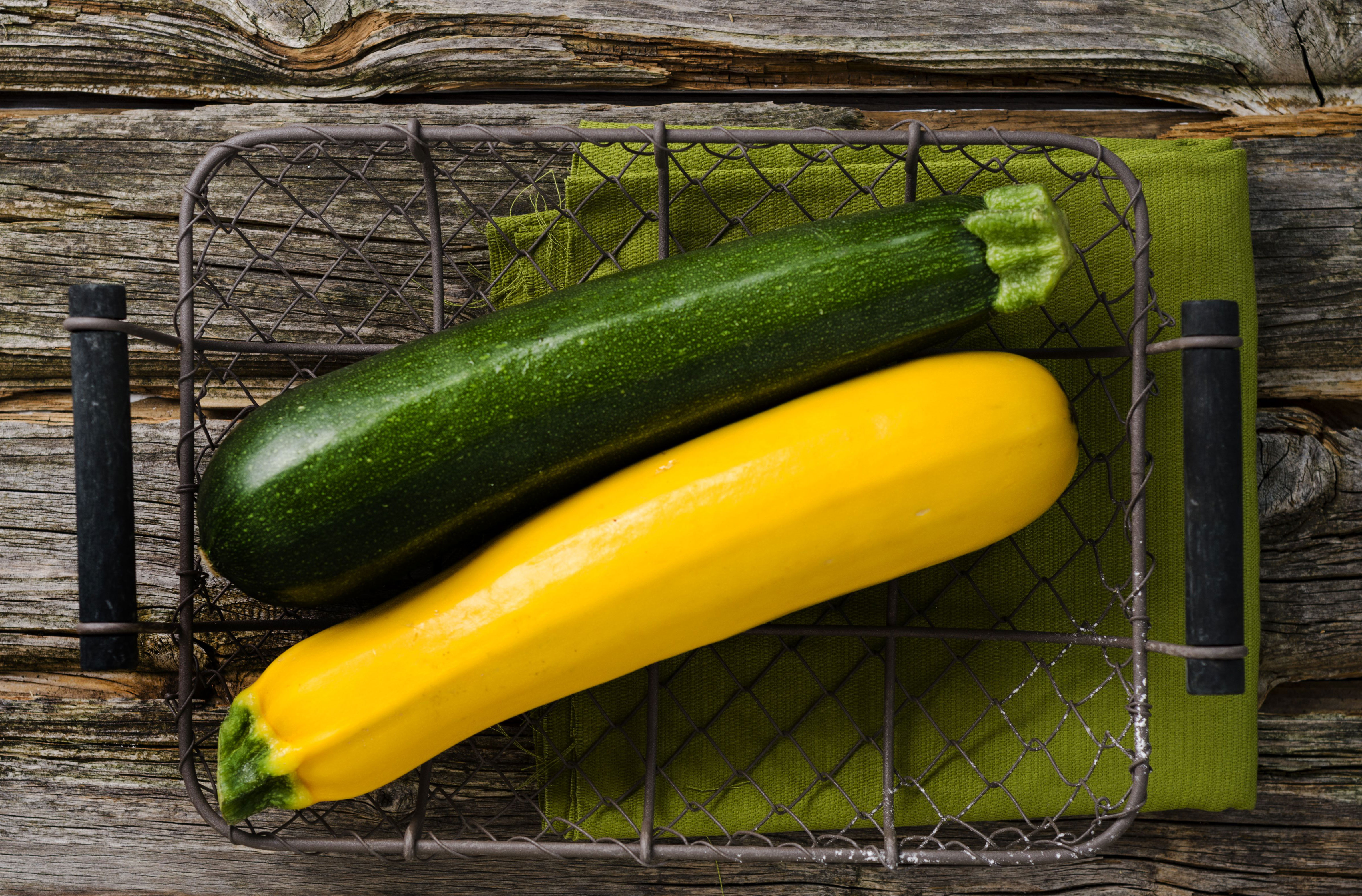
Courgettes are quick and easy to grow and they'll keep producing all through the summer. You'll find that homegrown ones have a slightly different, less bitter taste to ones you buy in the supermarket.
Did you know?
Courgettes aren't just green and long - you can get yellow ones and round ones too! However, the green kind that we all know and love will be easiest for you to grow.
What you'll need
- Courgette seeds
- 3in (7.5cm) pots
- Multi purpose compost or well-rotted manure
- Trowel
- Slug pellets or beer traps
When to start planting?
April/May.
When are they ready?
July to October.
Where to plant?
At first, you'll just plant them in small pots which can be put on the windowsill. Once you plant them outside, pick a sunny and sheltered spot.
Step-by-step grow your own guide
1. Sow your seeds in spring. Put 2 seeds in each pot with compost or manure. Once the seedlings appear, pinch out the weakest one. 2. Plant outside in May/June after the last frosts. Slugs can damage the plants so use slug pellets or beer traps to protect them. 3. As soon as they start cropping, give them lots of water. Always water at the base of the plant. 4. Pick the courgettes once the flowers fall away.
Cost
You can buy 40 courgette seeds for around £2 but just 2 plants will easily last a family of 4 for the whole summer.
Top tip for growing
Courgettes will grow in containers but the pot should be as big as possible to provide a good root run and retain moisture. Use multi-purpose compost and mix in a bit of well-rotted horse manure. After 4 weeks feed every week and water religiously. Dry compost will ruin the plant. Pick the fruits regularly.
Goodtoknow's easy gardening rating:
5/5 - they're easy to grow and don't need a lot of maintenance.
Courgette recipes
- 20 ways with courgettes - Courgette loaf - More courgette recipes
Grow your own: Potatoes
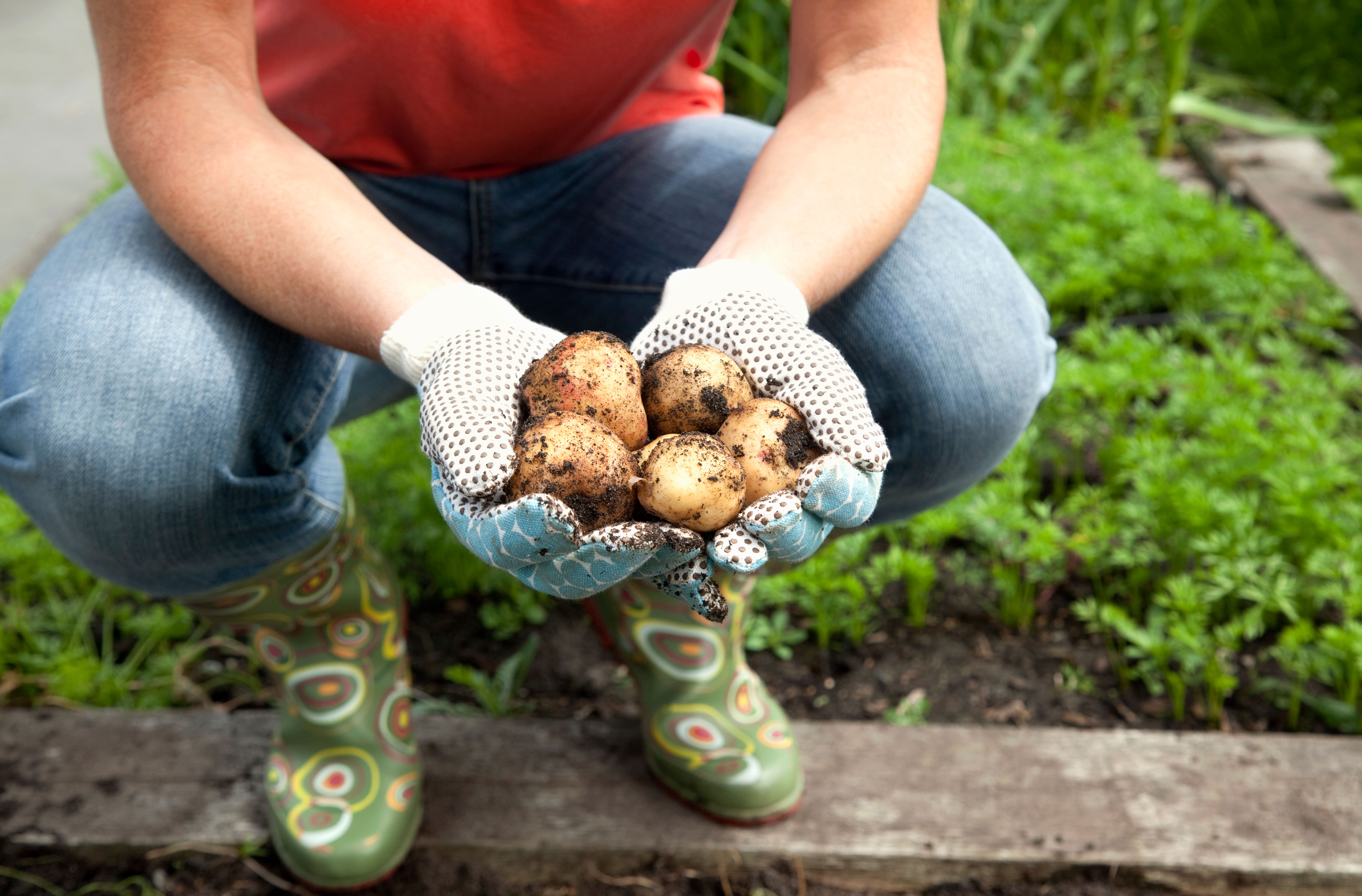
Potatoes are one of Britain's best loved and most versatile veg. We boil them, roast them, bake them, mash them and fry them - so why not grow them ourselves too? If you're new to gardening, potatoes are a good choice because they're not too complicated and you know they won't go to waste once you've grown them!
Did you know?
Potatoes don't actually count towards your 5-a-day, because they're classed as a starchy food. Starchy foods are still an important part of your diet though, so potatoes are a good choice (so long as you don't cook them in lots of fat) as they're a good source of energy, fibre, B vitamins and potassium.
What you need
- Seed potatoes
- Pelleted chicken manure
- Trowel
- Hoe
- Copper based fungicide or dithane 945
When to start planting
April.
When are they ready?
Mid autumn.
Where to plant
Deep in the soil in a sunny site.
Step-by-step grow your own guide
1. Dig deeply and then rake out shallow trenches 12.5cm (5in) deep with 75cm (30in) between rows. 2. In April set out the seeds along the base of the trenches 37cm (15in) apart and cover with soil. Add pelleted chicken manure. 3. When the top growths are a foot tall, use a hoe to earth them up with soil from between the rows to form ridges. This buries weeds and encourages more tubers to form. 4. Water during dry spells but keep the leaves dry to reduce the risk of the plant disease blight. 5. Spray every 14 days with dithane 945 or a copper based fungicide to prevent blight.
Cost
You can get a pack of seeds for around £2 - £3.
Top tips for growing
When your potatoes are due to be ready, dig up 1 or 2 and see how big they are. If you think they look a bit on the small side, leave them for another week or 2.
Goodtoknow's easy gardening rating:
3/5 - fairly simple and they'll grow in most soil as long as it's been dug well.
Potato recipes
- Bubble and squeak pittas - 20 ways with potatoes - More potato recipes
Grow your own: Raspberries
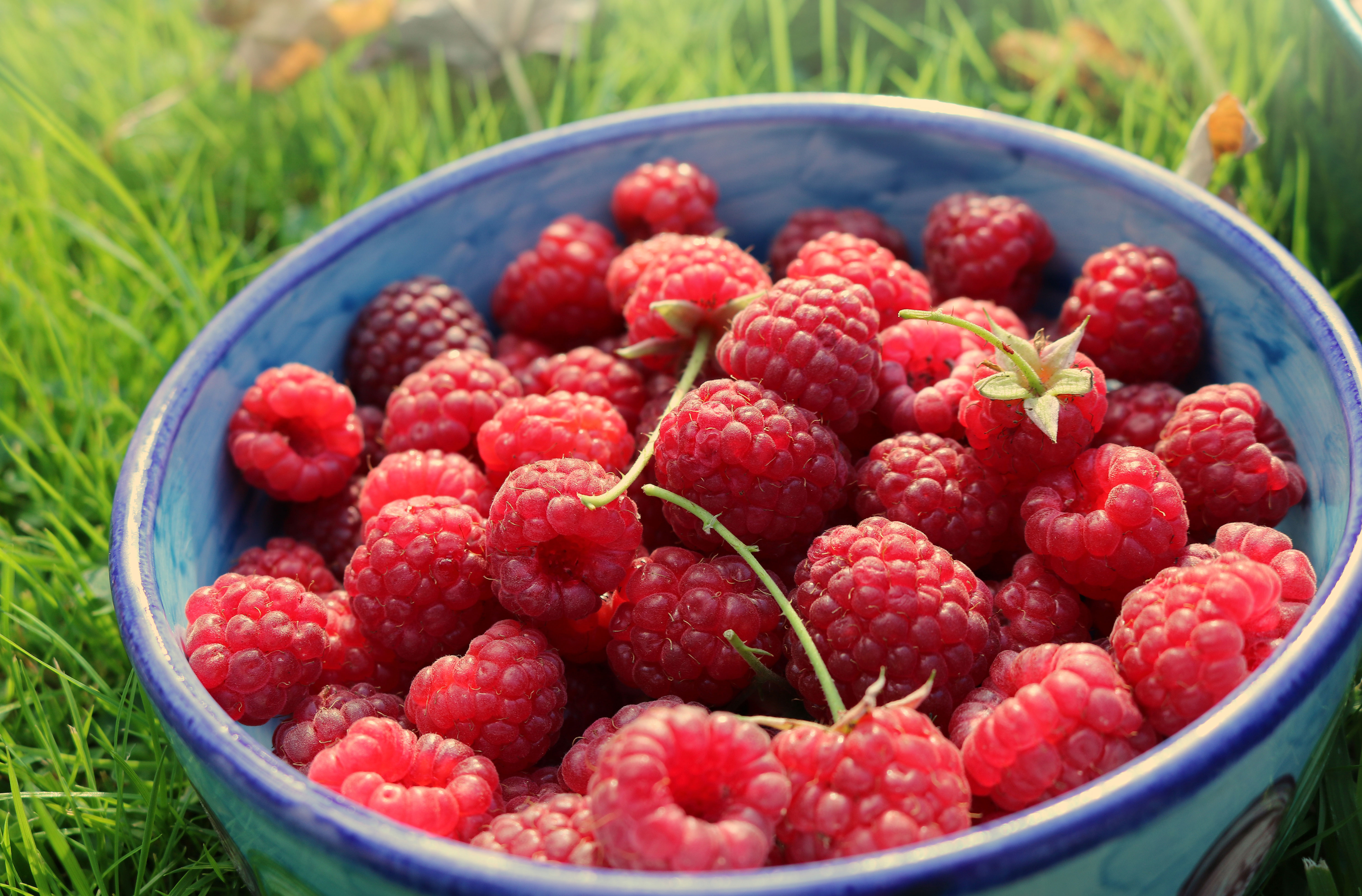
Raspberries are a great way to get the kids eating fruit - have them as a snack or stir them into some yogurt with a bit of honey and ta-da! You've got a sweet, healthy dessert.
Did you know?
Raspberries are a great source of antioxidants which help protect against cancer and heart disease. Just another excuse to eat them and grow you own!
What you'll need
- Bare root raspberry plants
- Garden compost or well rotted manure
- Thin wooden posts
- Wire
- Twine
- Trowel
When to start planting?
November.
When are they ready?
June to August.
Where to plant?
In rich soil - you can improve your soil be raking through some compost or well rotted manure before you plant.
Step-by-step grow your own guide
1. Set your bare root plants out in row, 25cm (10in) apart 2. Put a sturdy post at the end of each row and run wires between them 3. Tie canes to the wires with twine next to each plant 4. Once berries appear on your plants, make sure they've got plenty of water as this will help make them nice and juicy. 5. Berries usually ripen from late June. Pick them when they're ripe and wash just before eating. 6. After the first year, prune out all the canes that have fruited and tie in the new canes.
Cost
You can buy raspberry plants for around £8 and they'll produce a heavy crop for a few years, so you only need a few.
Top tip for growing
Protect your raspberries with a net before they start to ripen - otherwise the birds will eat them before you get chance!
Goodtoknow's easy gardening rating:
3/5 - easier than you'd expect
Raspberry recipes
- 10 ways with summer berries - Berry smoothie - More raspberry recipes
Grow your own: Carrots
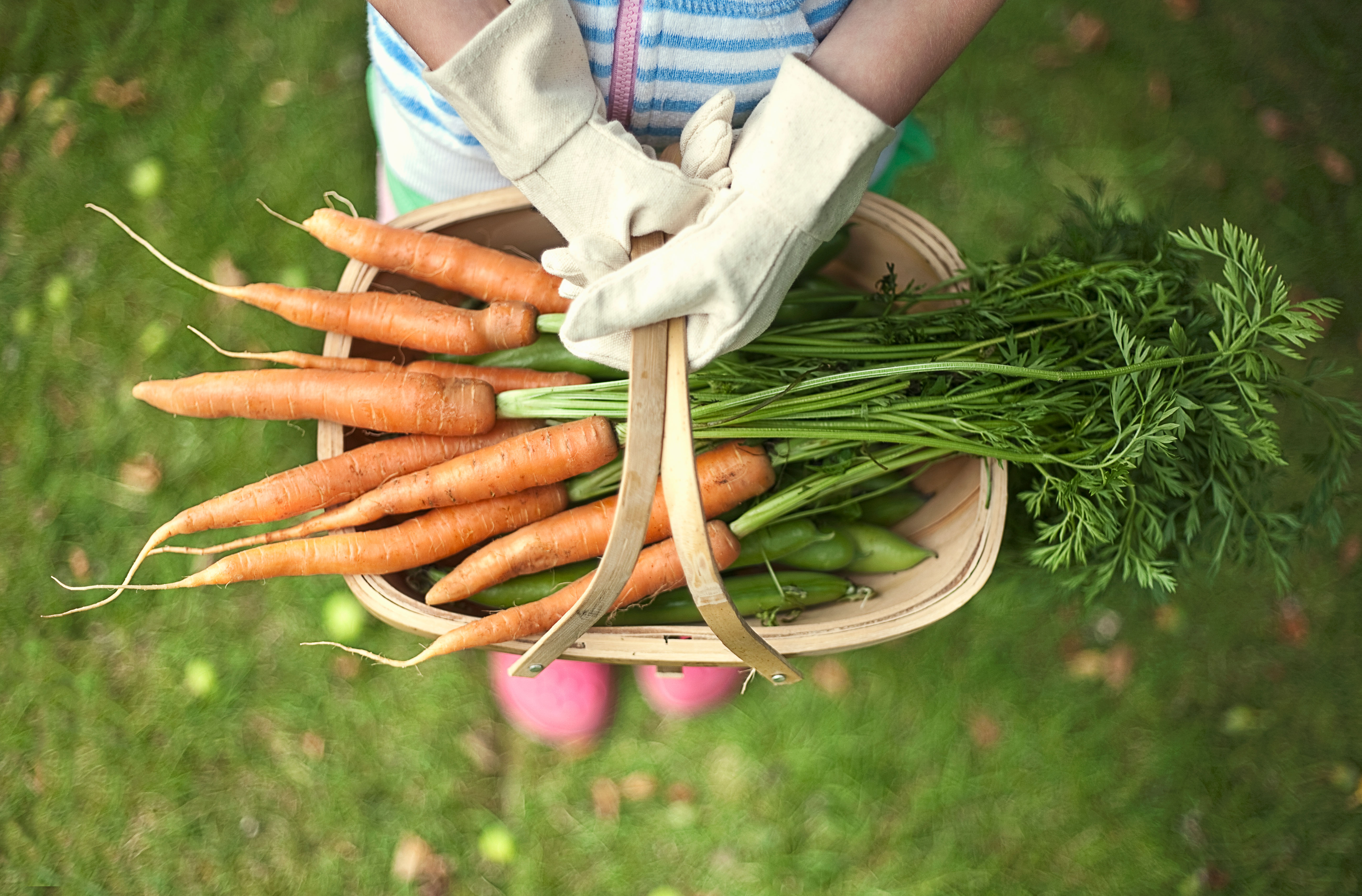
Carrots are another really versatile veg - you can use them in soups, salads, on the side of many mains and even in a naughty carrot cake! They're a great source of vitamins A and C, so grow them yourself and get the kids involved with the cooking.
Did you know?
They might not help you see in the dark, but carrots really are good for your sight. They contain lutein and vitamin A which are both great for protecting your eyes.
What you'll need
- Compost
- Leaf mould
- Carrot seeds
- Horticultural fleece
- Slug pellets
- Spade
When to start planting?
February - August.
When are they ready?
Pull them up from June onwards.
Where to plant?
In an open and sunny spot, in soil that's free from stones and weeds. Dig in compost and leaf mould.
Step-by-step grow your own guide
1. Sow the seeds just 1cm (1/2in) deep, 15cm (6in) apart. Do this sometime from February - August. 2. Make slits in your soil with a spade. 3. Cover your seeds with spent compost of leaf mould. 4. Once they've germinated, you need to 'thin' them - which means pulling out the weakest looking seedlings to leave your stronger seedlings around 10cm (4in) apart. This will give them enough space to grow into big carrots. 5. Use slug pellets to keep slugs from ruining your carrots and cover the crops with a protective layer of fleece to protect from carrot root fly.
Cost
You can get a pack of carrot seeds for as little as £2, so they're great value!
Top tip for growing
Water the seedlings a while before you 'thin' them - it'll make them easier to pull out and less likely to attract carrot root fly.
Goodtoknow's easy gardening rating:
4/5 - you'll get a good amount of carrots for not a lot of effort!
Carrot recipes
- 20 ways with carrots - Carrot cake recipes - More carrot recipes
Grow your own: Peppers
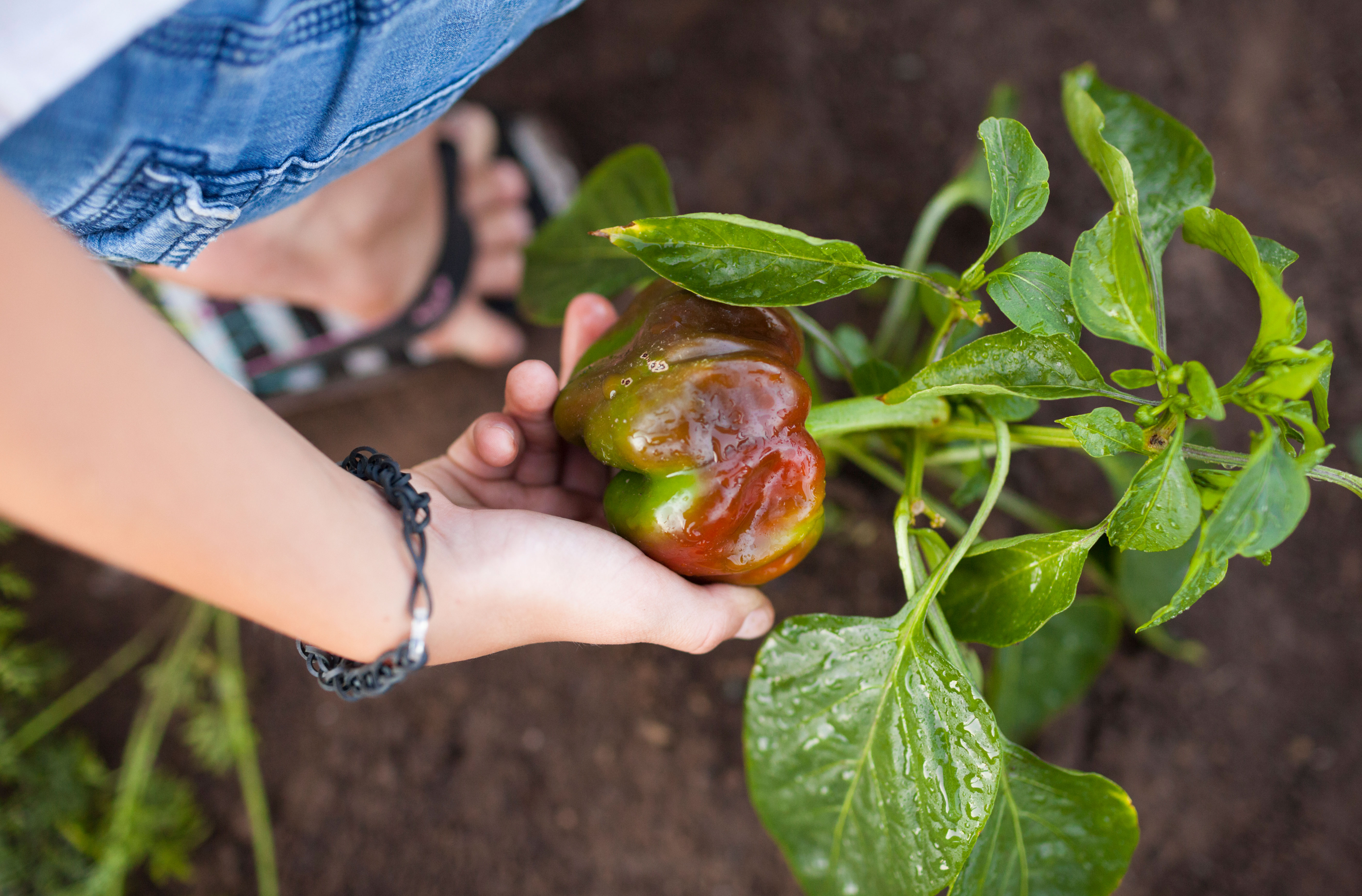
Peppers will do best if you've got a greenhouse, but if not you can still grow them in a sunny patch. Kids will love watching the peppers grow and change colour.
Did you know?
All peppers start out green and change colour as they mature.
What you'll need
* Heated propagator (you can buy these for around £20) * Sweet pepper seeds * 7.5cm (3in) pots * Growbags or 22.5cm (9in) pots * Compost * Tomato feed * Trowel
When to start planting
February/March.
When are they ready?
July to October.
Where to plant?
In a pot or grow bag in a sunny spot or in a greenhouse if you've got one.
Step-by-step grow your own guide
1. Sow your seeds into compost in a heated propagator, set to 21 degrees, in February or March. Leave on a sunny windowsill or in a greenhouse. 2. When the seedlings are big enough to handle, pot them into 7.5cm (3in) pots. Leave to grow in your greenhouse or in a sunny place. 3. When roots show at the bottom of the pot, they can be 'planted out'. Plant 3 into a growbag or put 1 plant per pot in a 22.5cm (9in) pot. 4. When they get to be about 20cm tall, give them support with a small cane and tie with garden twine. 5. Once the first peppers appear, feed them with tomato feed every fortnight to keep the compost moist (but not permanently wet). 6. Pick the first peppers when they're small, this will encourage more to follow. 7. If there's not enough sun to ripen the peppers, pick them and leave them to colour up in a warm place indoors.
Cost
You can buy a pack of seeds for less than £2.
Top tip for growing
When your pepper plants reach about 45cm tall, if they're not particularly bushy then pinch out the growing tips. This will encourage more fruit.
Goodtoknow's easy gardening rating:
2/5 - there are quite a few stages to growing peppers but they're all pretty simple.
Pepper recipes
- 10 ways with peppers - Mediterranean stuffed peppers - More pepper recipes
Grow your own: French beans
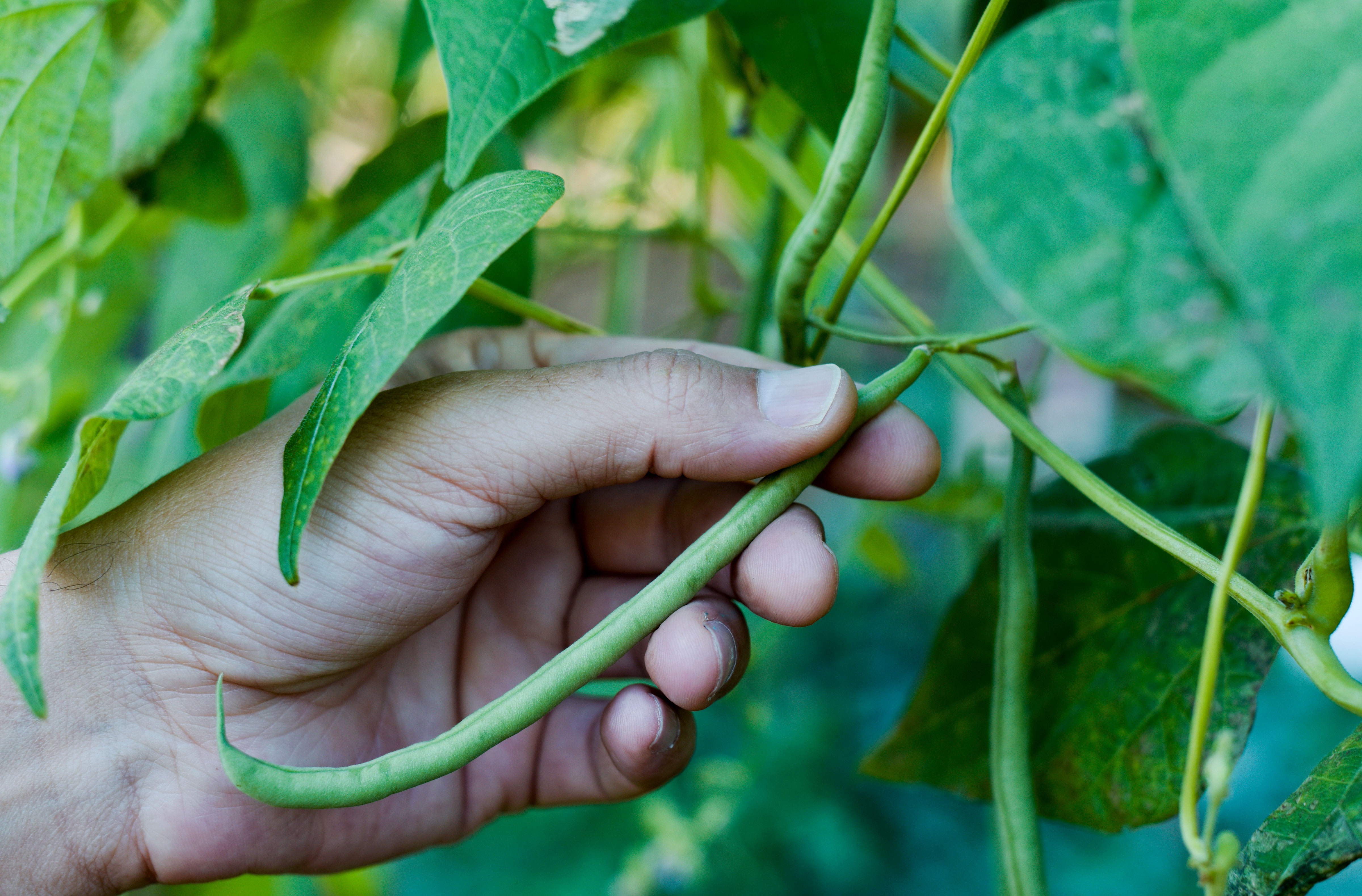
With just a little bit of work each month, you'll have fresh beans all through summer and some of autumn!
Did you know?
Although they're called French beans, they originate from Peru and have been grown by North American Indians for 5,000 years, so they must be good!
What you'll need
- French bean seeds
- Compost
- General fertiliser like Fish, Blood and Bonemeal
- Slug pellets
- Canes and twine (for some varieties)
- Trowel
When to start planting?
April.
When are they ready?
June - October.
Where to plant?
In a sheltered spot to avoid wind damage.
Step-by-step grow your own guide
1. A fortnight before planting, fork compost and a general fertiliser into the soil. 2. Sow your seeds from late April / May outdoors, spacing your seeds about 10cm (4in) apart. Alternatively, you can start your plants off in 7.5cm (3in) pots and plant out after the frosts. 3. Protect your plants with slug pellets 4. If you've chosen a climbing variety, support them by attaching them to canes with twine. 5. Harvest young pods regularly as this will encourage more flower production.
Cost
You can get a pack of seeds for less than £2.
Top tip for growing
Sew a new batch of beans every month until mid July and you'll have lots of beans until autumn.
Goodtoknow's easy gardening rating
2/5 - but worth the effort for all the beans you'll get!
Bean recipes
- Greens and beans recipe - Green beans with almonds - Green bean puree
Grow your own: Tomatoes

Growing tomatoes is easy to do in the garden, in a greenhouse or even just on a sunny window ledge. And they're well worth the effort, home-grown tomatoes always taste the best.
Did you know?
Tomatoes are sometimes known as a 'super superfood'. Studies have shown that they can protect against heart disease, lower cholesterol and they're full of anti oxidants. They've also been suggested as a good hangover cure.
What you'll need
- Tomato seeds
- Multi-purpose compost
- Vermiculite
- Small pot to sow all seeds in at first
- Variety of small pots to pot them individually once germinated
- Variety of larger pots to for final potting
- High potash fertiliser Garden canes
- Either: A plastic cover, Dithane 945 or a copper based fungicide
When to start planting?
Start growing tomatoes by planting indoor varieties in Feb, outdoor varieties in early April.
When are they ready?
July - August.
Where to plant?
In a warm, sunny, sheltered spot. You can get both indoor and outdoor varieties - so buy outdoor varieties if you don't have a greenhouse.
Step-by-step grow your own guide
- Sow a few seeds onto the surface of a small pot of moist seed compost.
- Cover with vermiculite and place in a warm bright spot.
- When the seedlings germinate, pot them individually and leave them to grow, feeding and watering regularly.
- Final potting should be in a generous container filled with multipurpose compost.
- Water regularly and feed weekly with a high potash fertiliser.
- Support tall plants with canes.
- From early June, protect outdoor plants with a plastic cover or spray with Dithane 945 or a copper based fungicide.
Cost
Around £2 for a pack of seeds.
Top tip for growing
Once they're in their final pots, regularly mist flowers and foliage to aid fruit set.
Goodtoknow's easy gardening rating:
2/5 - easy to get started but take quite a bit of care while they're growing.